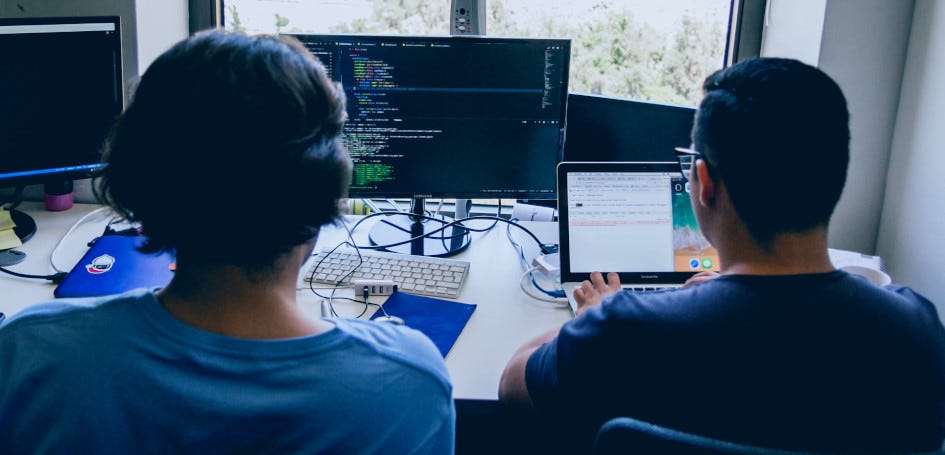
Introduction
Effective collaboration is vital for the success of any coding project. In this article, we’ll explore best practices for coding collaboration, providing tips to enhance teamwork, communication, and overall project efficiency.
Establish Clear Communication Channels
Clear communication is the foundation of successful coding collaboration. Utilize tools like Slack, Microsoft Teams, or other messaging platforms to facilitate real-time communication. Establish channels for different aspects of the project to keep discussions organized and accessible.
Define Roles and Responsibilities
Clearly define roles and responsibilities within the coding team. This ensures that each team member understands their contributions and responsibilities. Roles could include developers, testers, project managers, and others, each playing a crucial part in the collaborative process.
Utilize Version Control Systems
Version control systems, such as Git, are essential for seamless collaboration. They enable multiple developers to work on the same codebase simultaneously, with the ability to merge changes efficiently. Understanding and adhering to version control best practices ensures a smooth collaborative coding experience.
Hold Regular Standup Meetings
Regular standup meetings foster a sense of connection and keep the team aligned. These brief daily check-ins provide an opportunity for team members to share updates, discuss challenges, and coordinate efforts. The transparency gained from standup meetings enhances overall collaboration.
Encourage Code Reviews
Code reviews are a valuable practice for collaborative coding. Encourage team members to review each other’s code, providing constructive feedback. Code reviews not only improve code quality but also promote knowledge sharing and a collective understanding of the project.
Document Code and Processes
Comprehensive documentation is crucial for collaborative coding. Document not only the code but also the project’s architecture, coding conventions, and workflows. This documentation serves as a reference for team members, especially new ones joining the project.
Embrace Pair Programming
Pair programming involves two developers working together at one workstation. This collaborative practice enhances problem-solving, knowledge sharing, and code quality. While it may not be suitable for every task, incorporating pair programming into your workflow can significantly boost collaboration.
Utilize Project Management Tools
Project management tools, such as Jira, Trello, or Asana, help organize tasks, track progress, and facilitate collaboration. These tools provide a centralized location for managing project-related information, making it accessible to the entire team.
Provide a Knowledge Sharing Platform
Establish a knowledge-sharing platform, such as a wiki or shared documents, where team members can contribute insights, solutions, and best practices. This platform becomes a valuable resource for onboarding new team members and maintaining a collective knowledge base.
Promote a Positive Team Culture
A positive team culture is the glue that holds collaborative coding teams together. Encourage open communication, celebrate achievements, and address challenges constructively. A positive and supportive environment fosters creativity and collaboration among team members.
Coding Collaboration Best Practices Tips: Explore more
For a more in-depth exploration of coding collaboration best practices, including additional tips and strategies, visit our comprehensive guide. Elevate your team’s collaboration and ensure success in your coding projects.
Conclusion
Effective coding collaboration is essential for delivering high-quality software on time. By implementing these best practices, teams can enhance communication, streamline workflows, and create a positive environment that fosters collaboration. Embrace these tips to build a successful and cohesive coding team.




![Average Renovation Costs in [Your Location] Average Renovation Costs in [Your Location]](https://images.unsplash.com/photo-1517103278237-421a1cb020fa?fm=jpg&q=60&w=3000&ixlib=rb-4.0.3&ixid=M3wxMjA3fDB8MHxzZWFyY2h8M3x8aG93JTIwbXVjaCUyMHJlbm92YXRpb24lMjBjb3N0fGVufDB8MHwwfHx8Mg%3D%3D)





